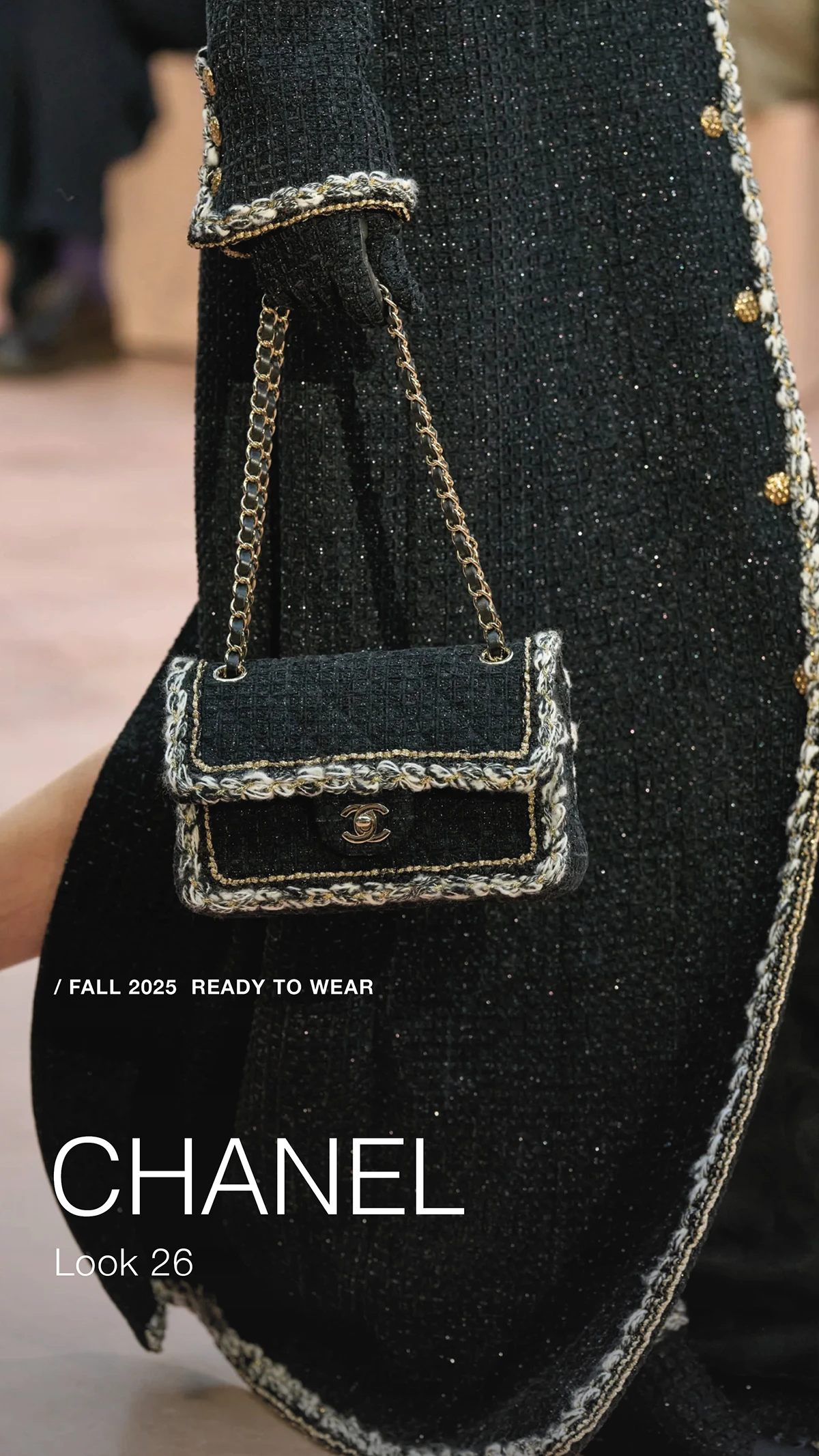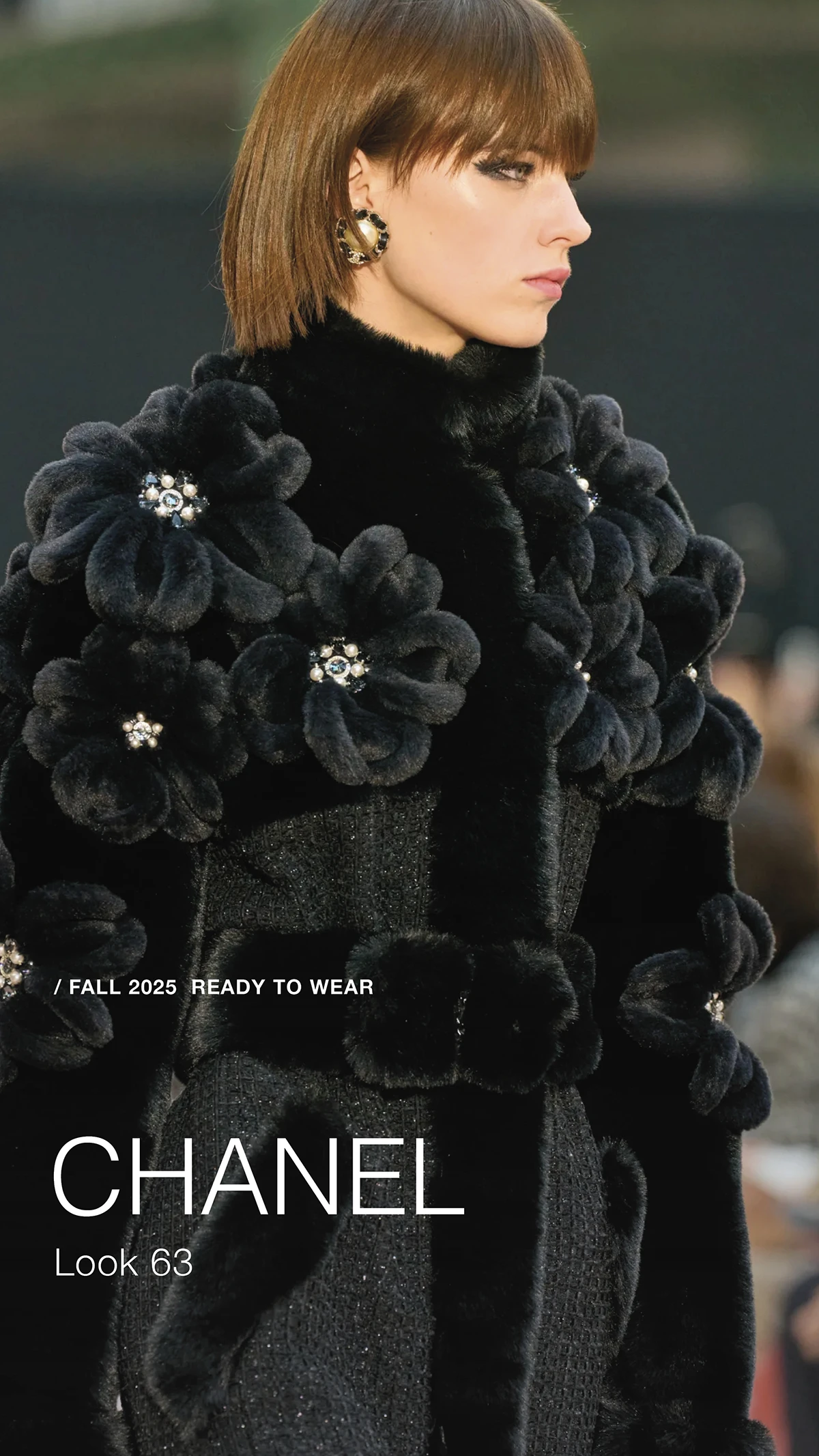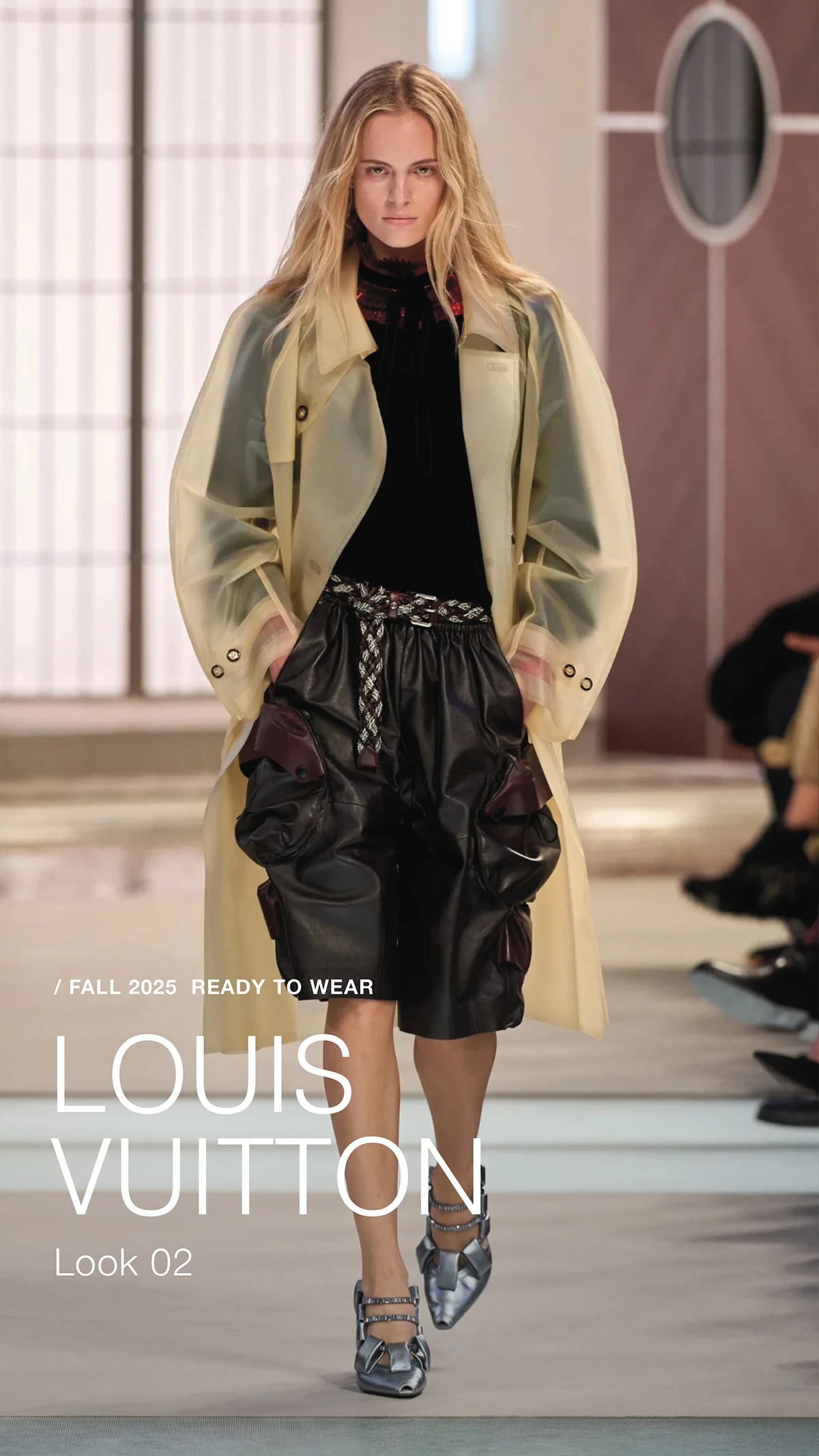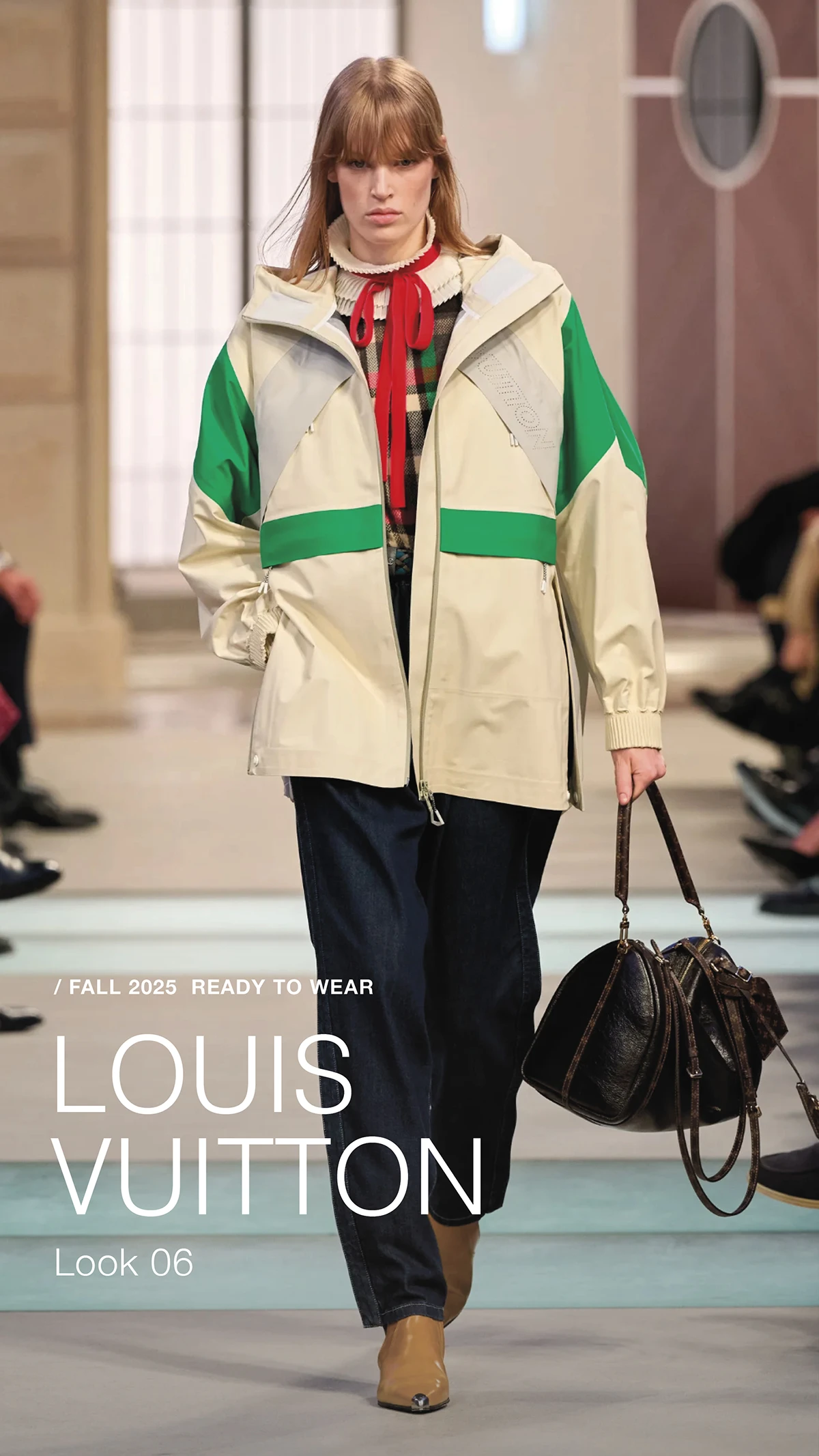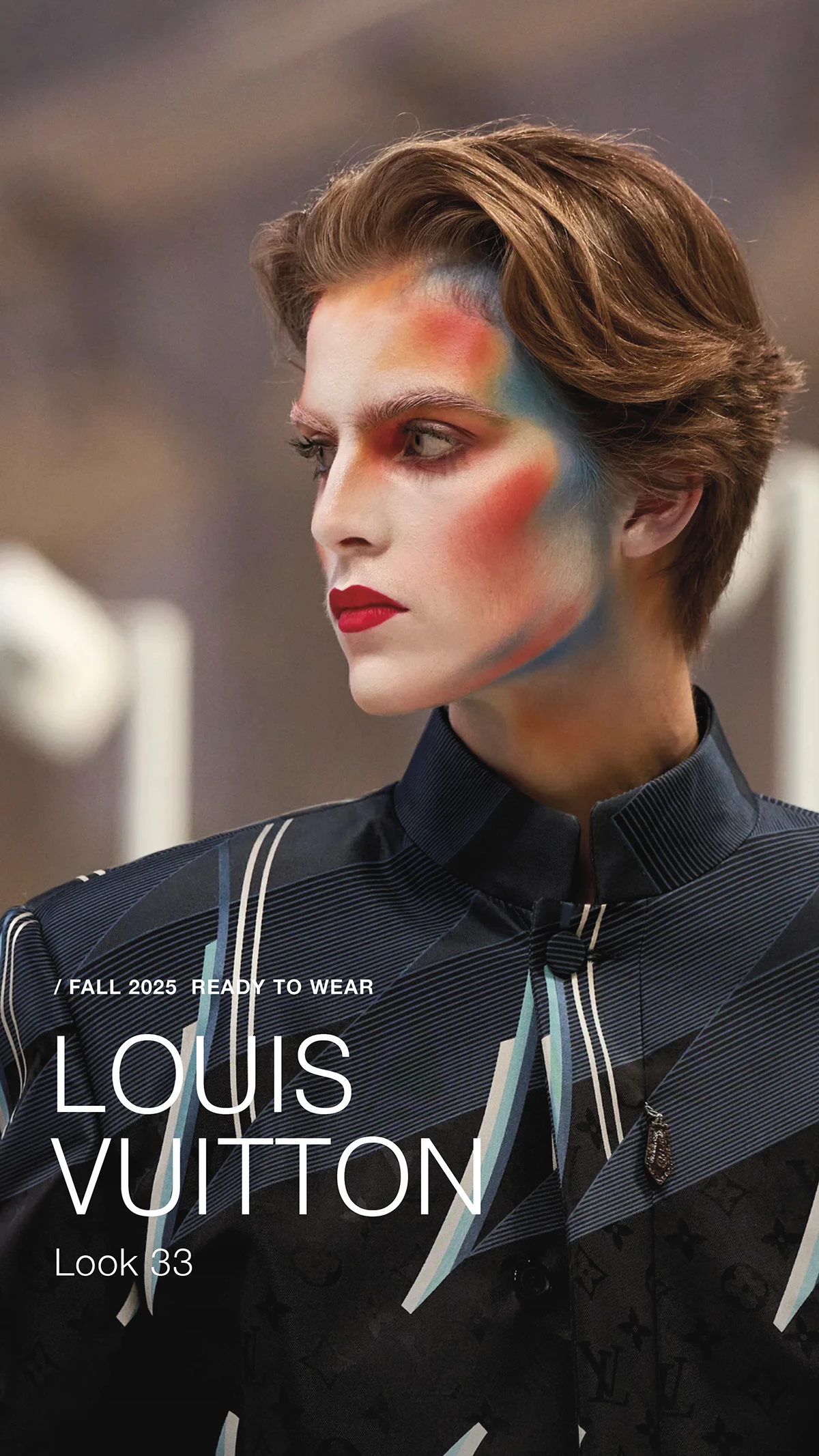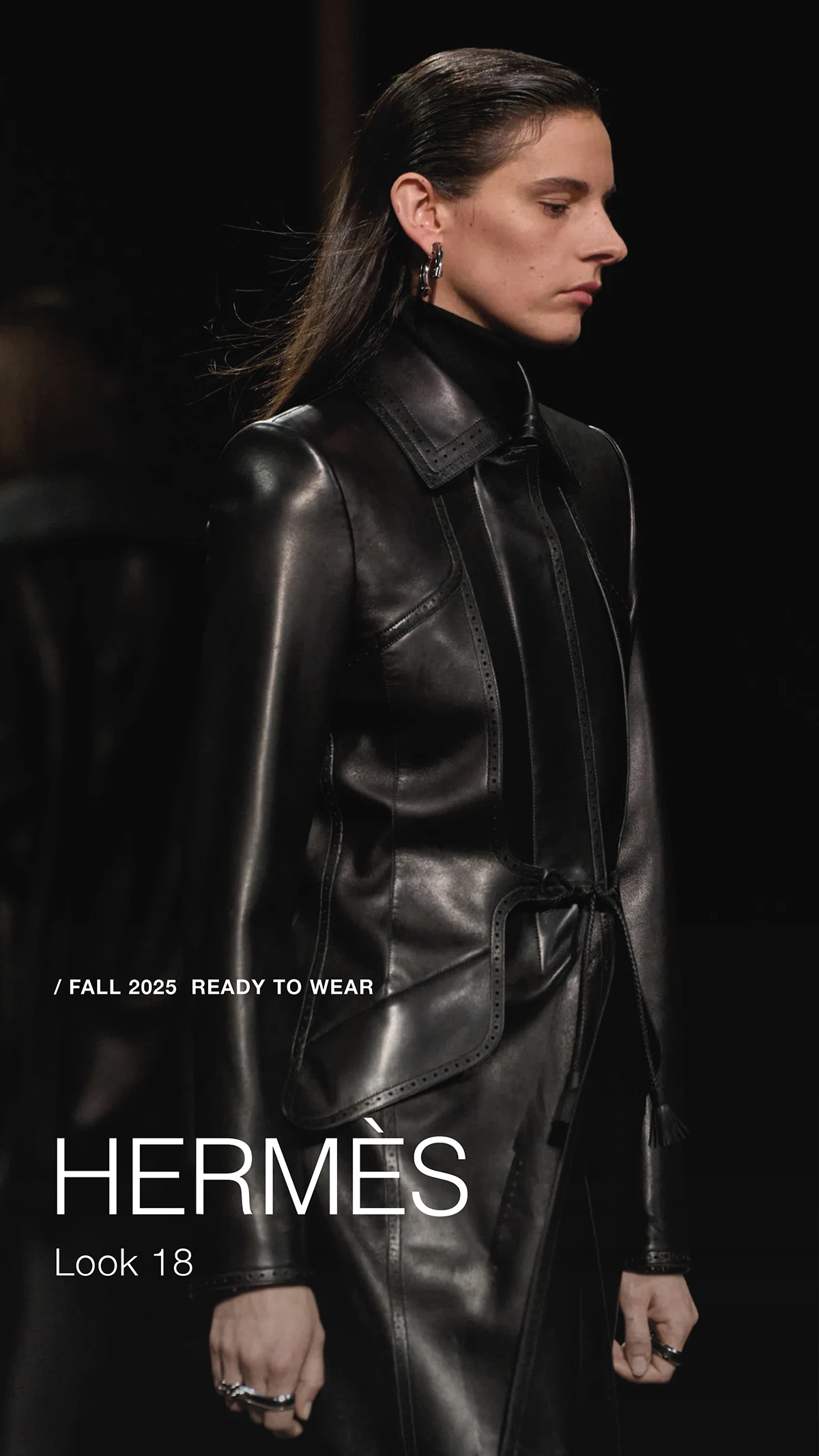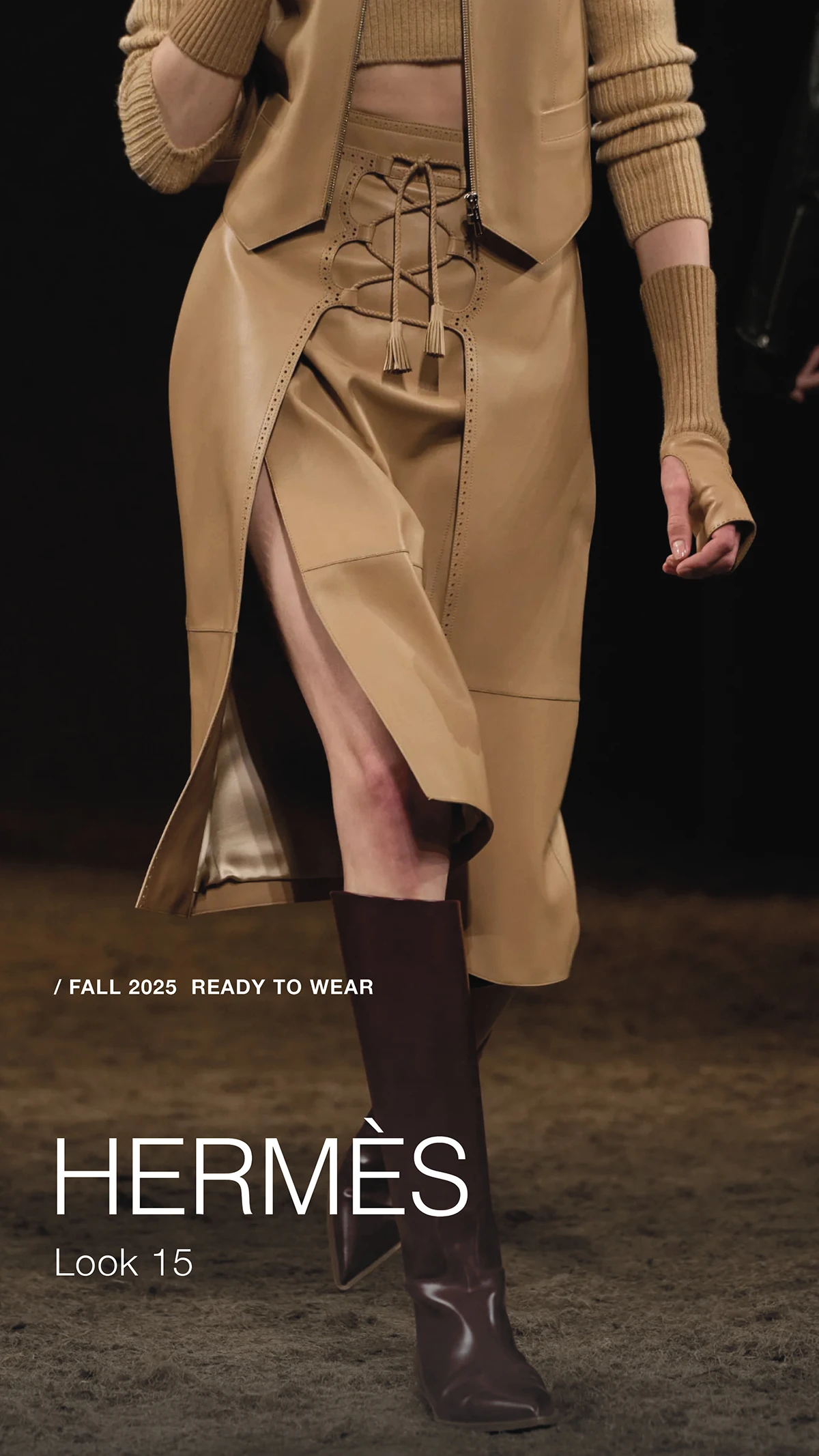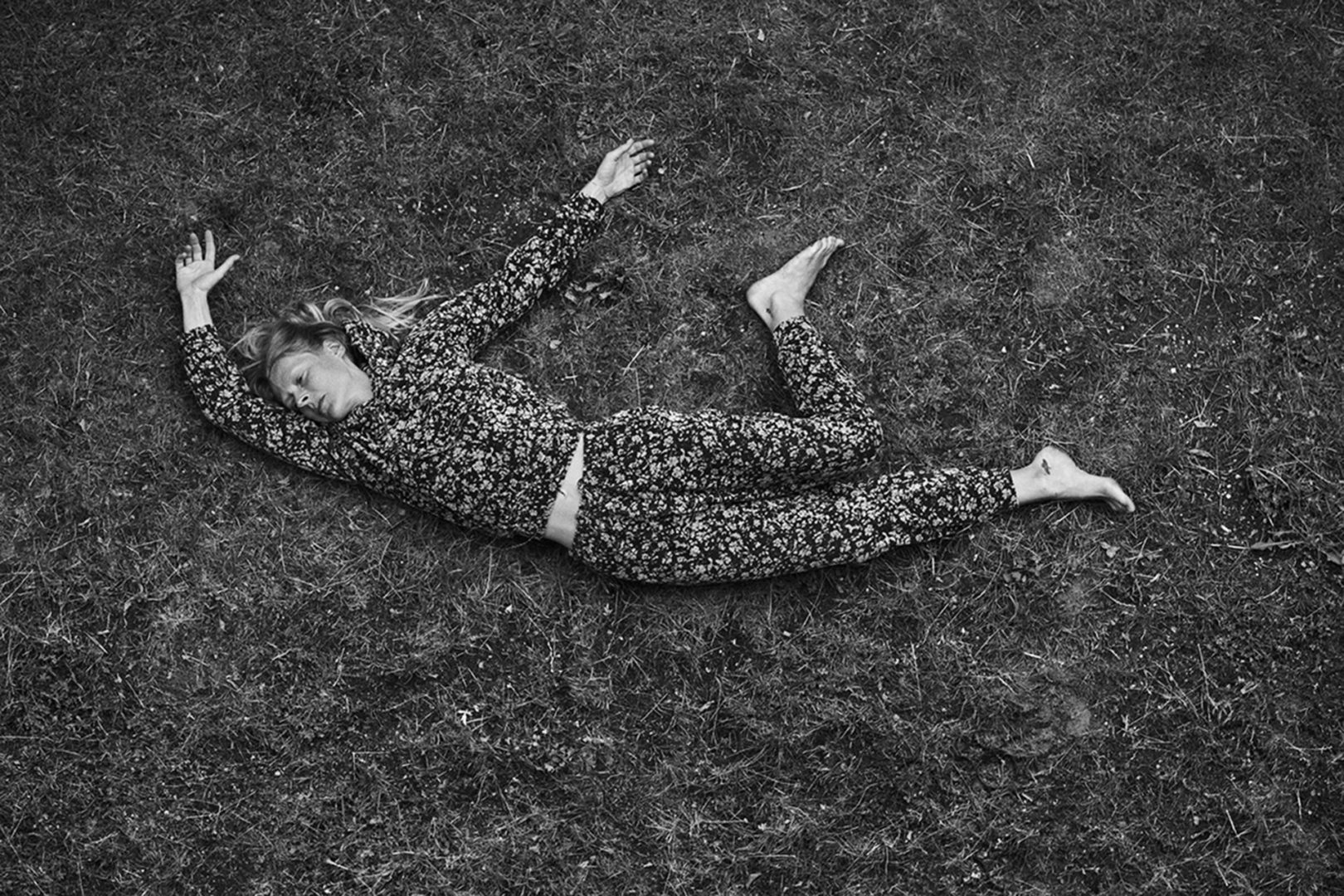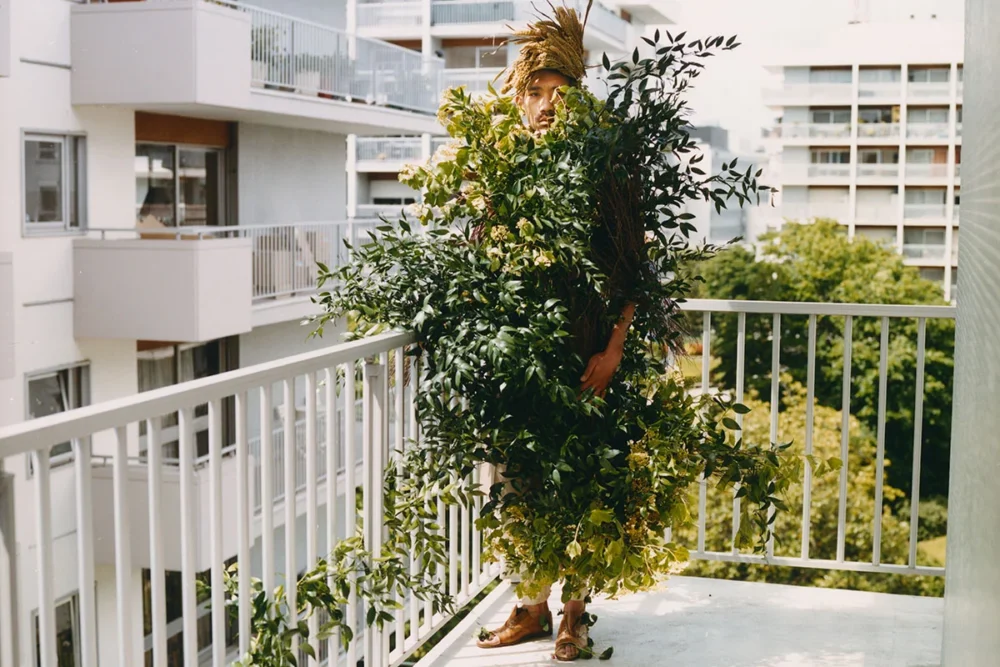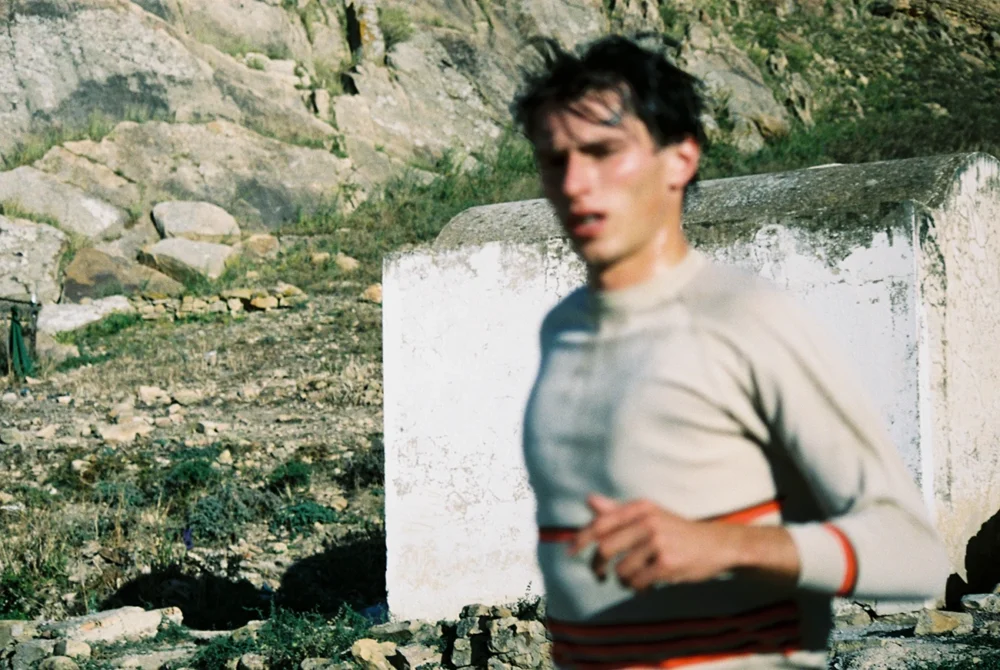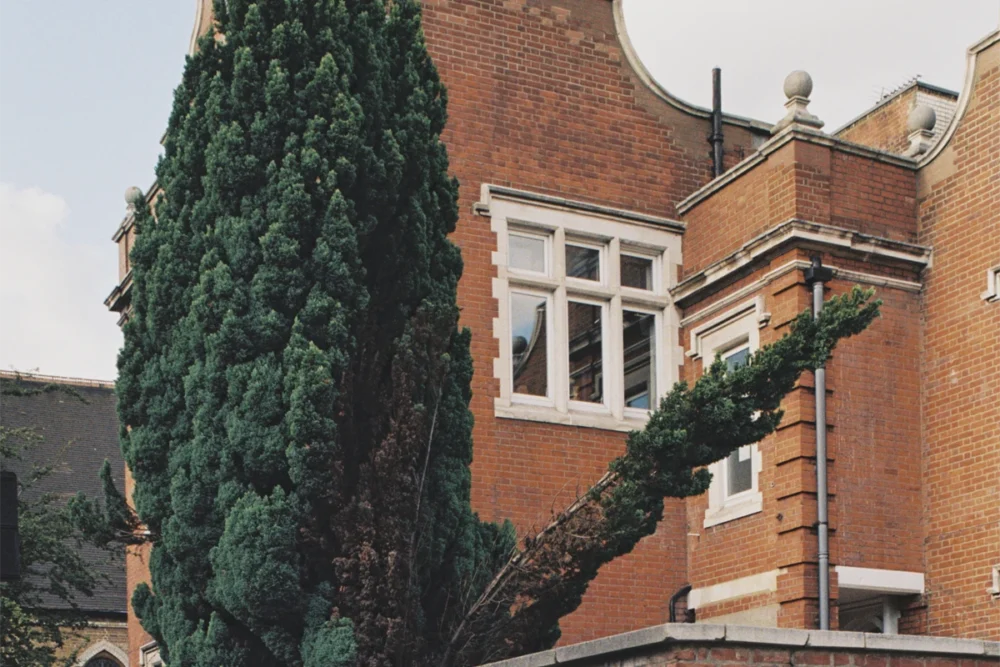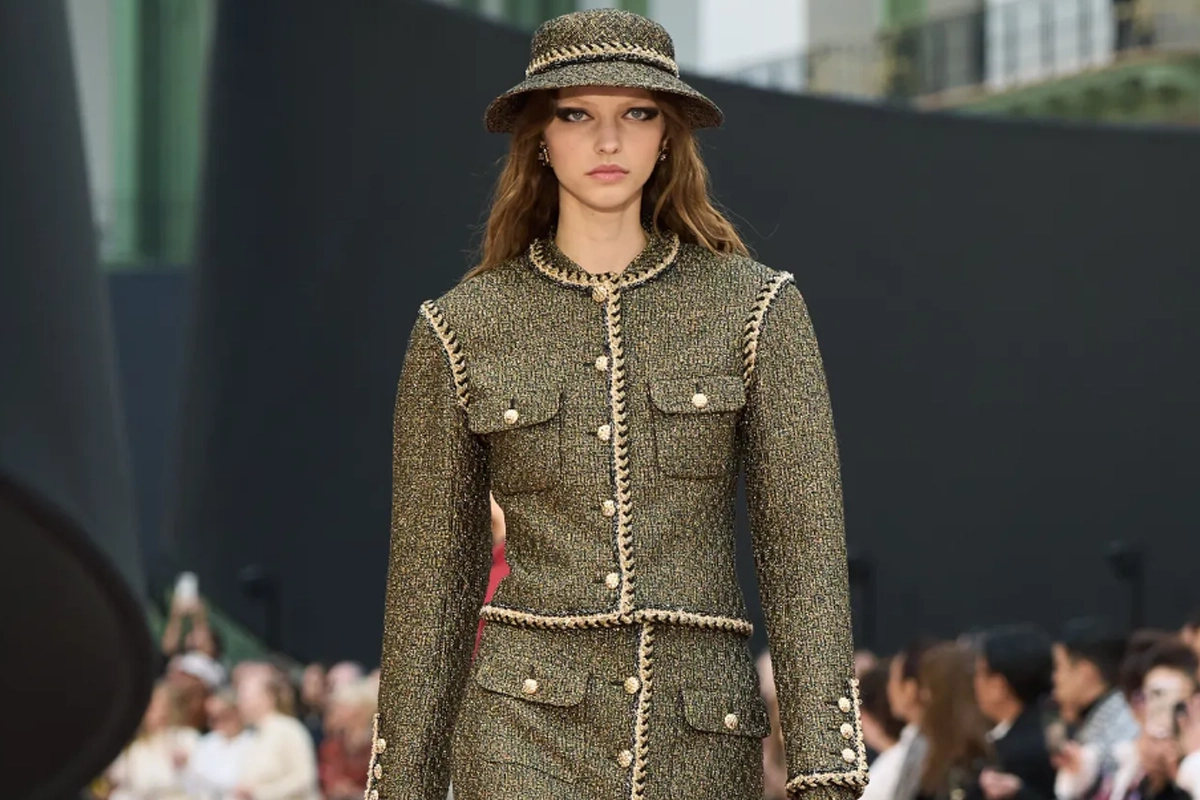
Fashion in Paris: the three Great Houses – Hermès, Louis Vuitton, Chanel
The three Houses, caught between financial power, creativity, and balance. Fashion and the luxury sector are experiencing a reputational crisis – but Hermès, Vuitton and Chanel carry on, stronger than ever
Writing about fashion: articles, journalists. Technical connotation and poetic connotation
Writing about fashion: writing by overusing adjectives and personal style opinions; describing a bit of tailoring with a few technical terms, just to appear knowledgeable; transcribing historical notes and reworking a quip so as to disguise gossip as news. Such are the articles that appear in most newspapers or blogs, both Italian and international, signed by journalists who get excited when they greet a famous figure, when they have to support someone they call a friend, basking in the feeling that they belong to an elite.
Here at Lampoon, adjectives are forbidden. Writing about fashion, I keep trying. Writing by squeezing, scraping the brain, searching for levels of reading that might arouse the curiosity of those who say I couldn’t care less about fashion. Fashion, in its technical connotation, is the codification of products that increase sales in the markets.
The three great Parisian houses: Hermès, Louis Vuitton, Chanel – between revenue and culture, and fashion’s crisis
Fashion is going through a moment of crisis, potentially more dramatic than recent ones. On the one hand, customers’ desire is shifting toward experiences rather than possessions – travel and well-being, rather than clothing and accessories. On the other hand, the reputation of the luxury sector is collapsing under accusations of complicity in consumerism that every generation identifies as the worst evil. All this is happening despite the fact that it’s clear and obvious – for economic analysts and scholars – that the solution is likely sustainability. Yes, sustainability: a notion that too many people continue, more or less openly, to dismiss on the pretext that it is dull.
As a reaction to crises and apathy, the three great French houses continue to drive a growing economy. Three contemporary powers on stage in Paris, early March. Hermès, Louis Vuitton, Chanel. Three fashion shows that cannot be reviewed solely by considering the creativity behind their designs. Three shows that must be examined through the lens of the economic and communicative power. Financial giants: some see this as a limitation, a commercial burden that stifles creativity. Others feel nostalgic, longing for the days of beautiful women and beautiful dresses. Still others find in these levels of complexity a new reason to keep pondering what the three great houses present each season to the public and to the market.
Hermès, Louis Vuitton, Chanel. The highest in revenue, the strongest commercially, the foremost in patronage. The top in branding operations. No, it’s not about fashion – it’s about Paris, about France – these three houses are French emblems, perhaps monuments. Europe sells craftsmanship, America sells digital services. Whatever we do—watch TV, shop for groceries, take a taxi, anything else—we do it today through an American app. Not only that: European financial funds buy shares on the American stock market; Europe is America’s largest foreign investor. In return, Europe exports and creates manufacturing, luxury, dreams, quality of life – can we use the word culture? Europe is culture, yet we’re not aware of it. Hermès, Louis Vuitton, and Chanel: the top French brands with revenues in the billions of euros. French-owned.
Hermès, the earth and the leather, the 2024 revenue, the ateliers, and the Fondation d’Entreprise Hermès
Hermès finds its identity in a dark earthen color. A nocturnal brown blended with black. Fertile, wet, worked earth, moist. Circular mud walls rise on inclined planes. The black-brown color finds light and reflection: it is leather. A nod to the equestrian element, the knot, the string. There is nothing more complicated than simplicity – Hermès has found its own code for fashion – if fashion is indeed fashion, rather than style.
Hermès’ production is located in France: there are 23 artisan manufacturing plants throughout the country. Bringing everything together in a single production center would make sense from an industrial efficiency and rationality standpoint – but the commitment to maintaining local districts and regional traditions is proof of the house’s solid long-term strategy.
In February, Hermès released its financial data for 2024: total revenue exceeded 15 billion euros, up 15% over the previous year; net profit at 4.6 billion euros. All markets positive. A workforce of over 25,000 employees, with 2,300 hired in 2024. A bonus of 4,500 euros at the start of 2025 was confirmed for all employees. Notably, there is a strategy to reduce rather than increase retail locations: stores have dropped below 300 addresses worldwide.
“When you act as a patron, there’s the risk of becoming a non-neutral player,” says Olivier Fournier to Stefano Montefiori in the pages of La Lettura, the historic cultural supplement of Corriere della Sera, in an interview presenting the Fondation d’Entreprise Hermès and the fundings of 12 million euros (annually) allocated for educational and cultural initiatives. Jean-Louis Dumas used to say that one must be both a grocer and a poet, meaning that numbers must enter the realm of imagination.
Louis Vuitton and the Arnault family; Nicolas Ghesquière and intellectual fashion
Louis Vuitton stages the show at the Étoile du Nord, an administrative building within the Gare du Nord railway complex. A train, a travel party – a Georges Simenon novel. Access was not freely allowed: one had to follow Louis Vuitton’s protocol and arrive in advance. Just over 400 seats for a fashion show that achieves the media impact of a stadium spectacle. Brigitte Macron is seated between Pietro Beccari and Bernard Arnault. The whole Arnault family is attending. Of the three great houses, Louis Vuitton is the one that most aims to personify French power, an almost monarchical reference: from its cultural presence at the Louvre to its sporting presence in sailing and Formula One. A partnership with Pirelli – and for the first time that evening in Paris, Giada Tronchetti Provera with her daughter, Sofia Noseda, was among the guests.
Today, the Louis Vuitton brand is so firmly established in the collective imagination, on different layers, that the substance of Ghesquière’s design risks being taken for granted. A fashion show is necessary to bring attention back to his creative vision, aggressive in its boldness. There is not enough talk about Nicolas Ghesquière’s intellectual fashion, perhaps overshadowed by so much power. An intellectual fashion that displaces angles without exaggerating volume, pushing geometric lines. Bermuda shorts gather as if leather were as workable as silk. Red is the rage of a tulip breaking through every daisy. The graphic of Pantone green. Square shoulders. Two large pockets turned into mirrored belt bags. There’s a deliberate clash in Ghesquière’s combinations that is not predictable: it leaves a bitter aftertaste, before forcing you to deduce rather than analyze. Intellectual fashion that indeed contrasts with the economic power. Intellectual fashion that conflicts with the branding exercise Pharrell continues in menswear. Intellectual fashion, Ghesquière’s, understood as a specific, historical, and professional design approach.
Look thirty-three is for David Bowie: 1970s-inspired white and light-blue graphics like lightning bolts at night, black patent pants – shoes with red-lined soles and heels, which, if pushed by the media, could become a cult item for foot-applied design. The face is made up, a mask of color. The day after the show, Louis Vuitton launched a new product category – cosmetics. Perfumes have been on the market for a few years, while makeup is a brand-new addition. It’s a matter of imagination, of course – once again applied to finance. Louis Vuitton’s financial figures are not disclosed except as part of the broader LVMH group data.
Chanel at the Grand Palais: the studio awaiting Matthieu Blazy
Whereas attendance was extremely limited for the Louis Vuitton show, the following morning at the Grand Palais for Chanel, the turnout was of universal proportions. Everything about Chanel is celebratory, amplified – like the iron and glass dome rising above the reproduction of a black silk ribbon. The show is the work of a creative studio that has been operating for several seasons – but this time, there’s a different feeling.
The announcement of Matthieu Blazy’s arrival came in mid-December, after the last Métiers d’Art show. This early March show is the first Chanel presentation in which the studio is aware of the individual who will soon take the reins. The result is a calmer, more consistent offering – to reuse a term I keep applying in this fashion context. As if to say: we know what’s going to happen, let’s set the table, arrange everything in the best possible order.
Vittoria Ceretti opens in double-breasted black tweed. A center part, a clean face – all re-establishing equilibrium for a new start. Every look that follows is the Chanel alphabet – the letters clearly articulated. The magic is being rearranged. The windows are thrown wide open for fresh air. There’s no tension – only balance, and confidence. The transparent veils are patinas, silver cobwebs – as if to say, it’s natural light. It’s going to be electricity.

